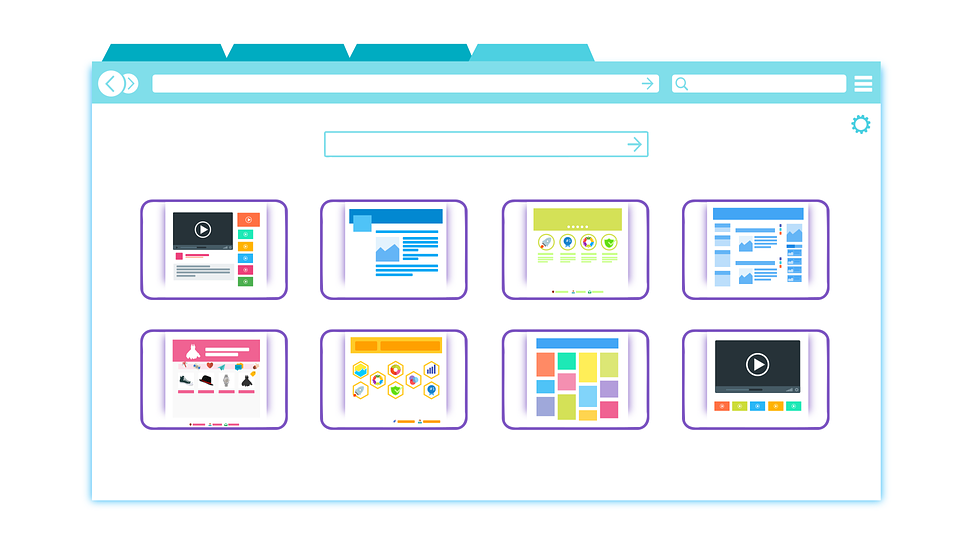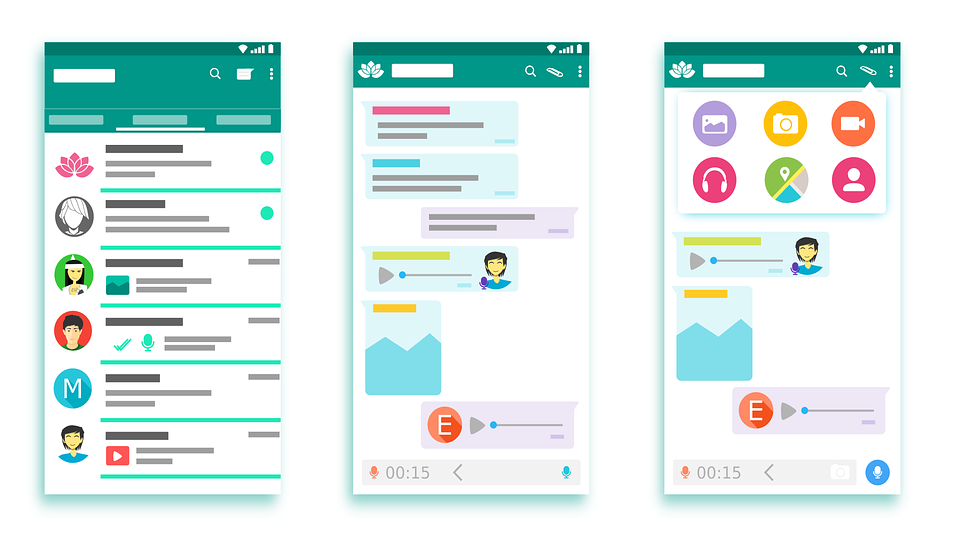Coding Fundamentals
Level 1

Coding fundamentals refer to the basic concepts and building blocks of programming. These include understanding data types, variables, operators, control flow, and functions. Data types are used to represent different types of information such as numbers, text, or Boolean values. Variables are used to store and manipulate data, and operators are used to perform actions on that data. Control flow allows for decisions to be made in the code, such as using if-else statements to determine the path of execution. Functions allow for reusable blocks of code to be defined and executed. Understanding and utilizing these fundamental concepts are essential for any programmer to be able to write efficient and effective code.
Web Development
Level 2

Web development is the process of creating and maintaining websites. It involves a combination of different skills such as web design, web programming, and database management. Web designers are responsible for creating the layout, color scheme, and overall visual appearance of a website. Web programmers, on the other hand, use programming languages like HTML, CSS, and JavaScript to create the functionality and interactivity of the website. Database management involves the use of technologies such as SQL to manage and retrieve data that is stored in a database and used to dynamically generate web pages. Web development also involves the use of web development frameworks, such as Ruby on Rails, ExpressJS and Django, which provide a structure and set of tools for building web applications.
App Development
Level 3

App development is the process of creating software applications that run on mobile devices and personal computers. App development typically involves a team of developers, designers, and project managers who work together to create and launch an app. The process can be broken down into several stages, including concept development, design, coding, testing, and deployment. The concept development stage involves identifying the problem or need that the app will solve, and determining the features and functionality that the app will have. The design stage involves creating the user interface and user experience, while the coding stage involves using programming languages such as Swift, Kotlin and Java to develop the app. The testing stage involves thoroughly testing the app to ensure that it works as intended and is free of bugs. Finally, the deployment stage involves making the app available for download on app stores such as the Apple App Store and Google Play Store.
Python Programming
Level 4

Python is a widely-used, high-level programming language known for its simplicity, readability, and flexibility. It was first released in 1991 and has since become one of the most popular programming languages in the world. Python is used in a wide range of applications, such as web development, data analysis, artificial intelligence, and scientific computing. One of the main advantages of Python is its vast ecosystem of libraries and frameworks, which makes it easy to perform complex tasks and accelerate development. Python also supports multiple programming paradigms such as object-oriented, procedural and functional programming. Its simple and easy-to-learn syntax makes it a great language for beginners, while its powerful features make it suitable for advanced users. Python also has a large and active community that continuously contributes to the development of new libraries and tools, making it a valuable asset for developers across various industries.
Machine Learning
Level 5

Machine learning is a subfield of artificial intelligence that involves the use of algorithms and statistical models to enable systems to learn and improve from data, without being explicitly programmed. Machine learning can be broadly categorized into three main types: supervised learning, unsupervised learning and reinforcement learning. In supervised learning, the system is trained on a labeled dataset, where the correct output is provided for each input, so the system can learn to make predictions on new, unseen data. Unsupervised learning, the system is not provided with labeled data, and it has to find patterns and structure on its own. Reinforcement learning, the system learns through trial and error by receiving rewards or penalties for certain actions. Machine learning is used in a variety of applications, such as natural language processing, computer vision, speech recognition, and self-driving cars.
Interview Prep
Level 6

Interview preparation for computer science positions typically involves becoming proficient in the specific technologies and programming languages that are relevant to the job, as well as understanding fundamental computer science concepts. This may involve reviewing data structures and algorithms, practicing coding problems and familiarizing oneself with the specific tools and frameworks used by the company. Additionally, it's important to be able to clearly and effectively communicate one's technical knowledge and problem-solving skills. This can be achieved by practicing explaining technical concepts in layman's terms, having examples of past projects and contributions to open source ready to discuss, and being able to clearly communicate one's thought process when solving a problem. It is also important to research the company and understand its products, services, and culture. This information can be used to tailor one's responses and showcase how one's skills and experience align with the company's needs.
